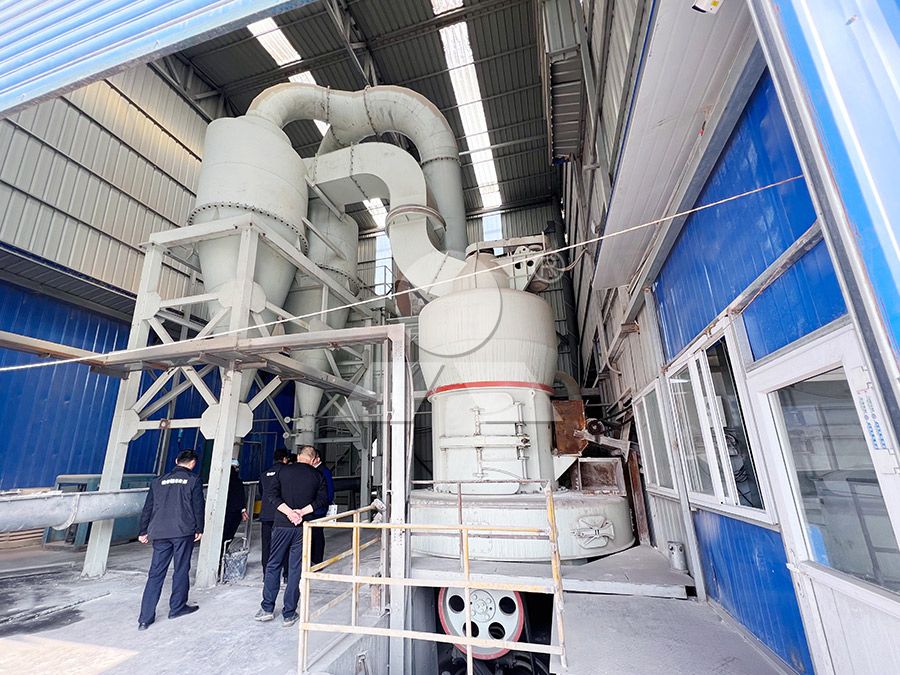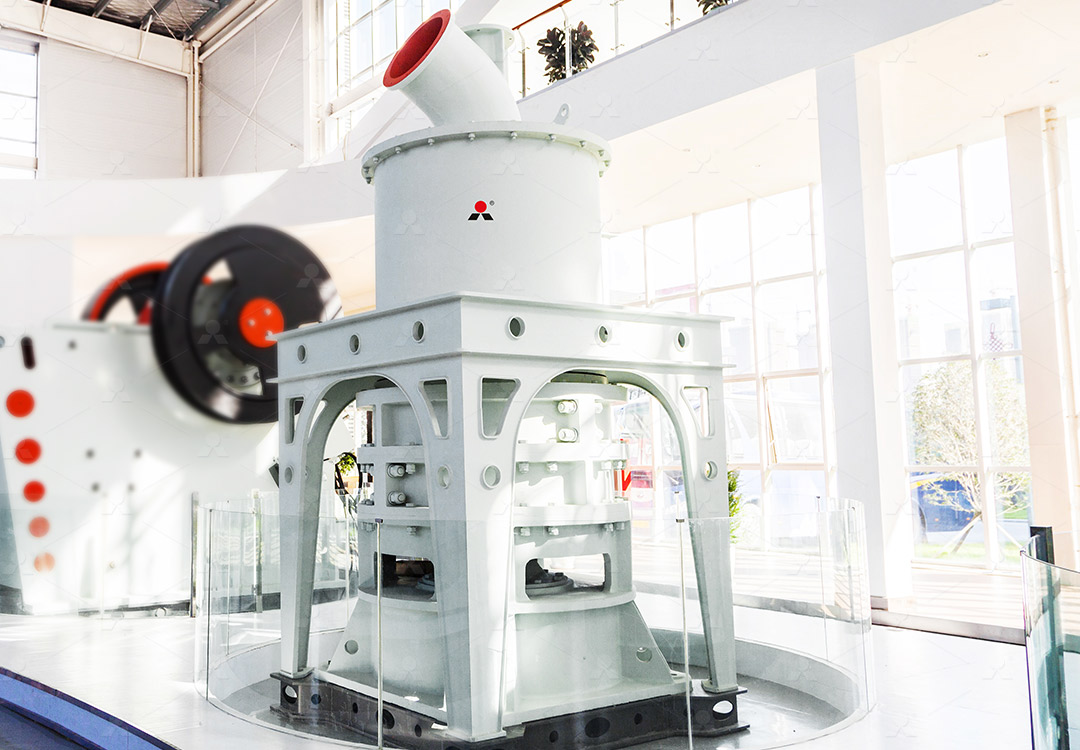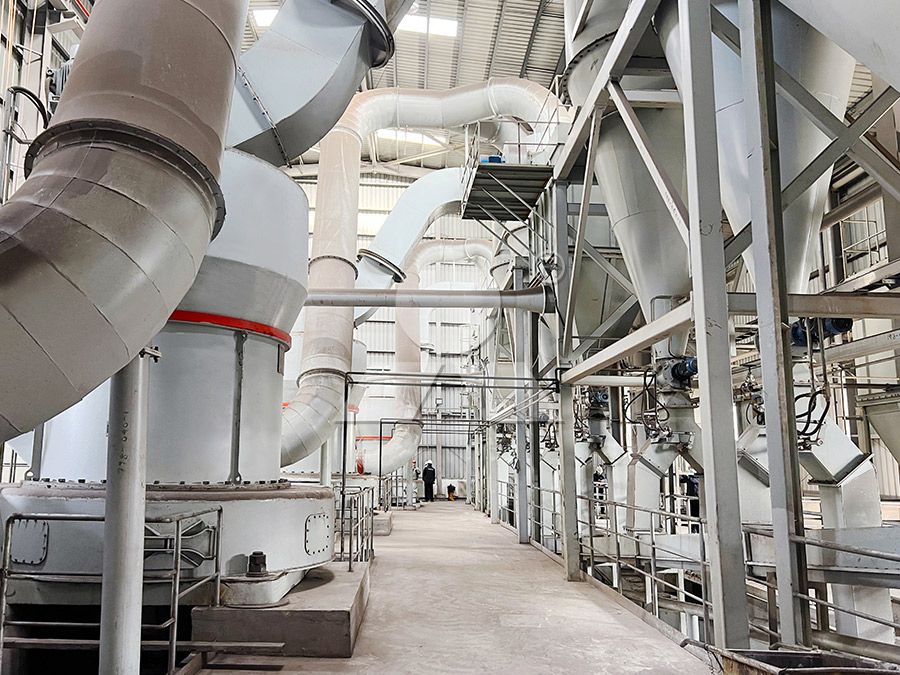Raymond Mill for Wood Powder: Efficient Grinding Solutions
Raymond Mill for Wood Powder: Efficient Grinding Solutions
The wood processing industry faces unique challenges when transforming raw wood materials into fine powders for various applications. From composite materials to bio-fuels and specialty products, achieving consistent particle size while maintaining operational efficiency requires specialized grinding equipment. Traditional hammer mills often produce irregular particles with excessive heat generation, potentially degrading material quality.

Modern Raymond Mill technology has evolved significantly to address these challenges. With advanced grinding curves and precision separation systems, today’s mills deliver superior performance for wood powder applications. The key lies in balancing grinding efficiency with particle consistency while managing operational costs.
The Importance of Proper Wood Grinding
Wood powder specifications vary dramatically across industries. While some applications require coarse particles for biomass fuel, others demand ultra-fine powders for advanced composites or 3D printing materials. Each application has specific requirements for particle size distribution, moisture content, and fiber integrity.
Traditional grinding methods often struggle with wood’s fibrous nature and variable moisture content. The ideal solution must handle these characteristics while maintaining consistent output quality. This is where advanced milling technology makes a significant difference.
Advanced Grinding Solutions
For operations requiring ultra-fine wood powders with exceptional consistency, the MW Ultrafine Grinding Mill represents a technological leap forward. This system handles input sizes up to 20mm with capacities ranging from 0.5 to 25 tons per hour, making it suitable for various production scales.
The MW series incorporates German cage-type powder selector technology, enabling precise fineness adjustment between 325-2500 meshes. This precision is particularly valuable for wood powder applications where specific particle size distributions directly impact final product performance. The system’s unique chamber design eliminates rolling bearings and screws in the grinding area, significantly reducing maintenance concerns and potential contamination.

Environmental and Operational Benefits
Modern wood powder operations must address environmental considerations alongside production efficiency. The integrated pulse dust collector and muffler system in advanced grinding mills ensures minimal dust emissions and noise pollution. This comprehensive approach to environmental management allows operations to meet stringent regulatory requirements while maintaining community relations.
Operational efficiency extends beyond mere production capacity. The MW Ultrafine Grinding Mill demonstrates this through its energy optimization, consuming approximately 30% less energy compared to conventional jet grinding systems while achieving 40% higher production capacity under identical fineness and power conditions.
Application-Specific Considerations
Different wood species present unique grinding challenges. Softwoods typically process more efficiently but may require different separation parameters than dense hardwoods. Moisture content significantly impacts grinding efficiency, with most systems performing optimally within specific moisture ranges.
For operations processing multiple wood types or requiring flexibility in final product specifications, the adjustable fineness and multi-head cage-type powder selector provide crucial adaptability. This allows producers to quickly adjust operations for different customer requirements without significant downtime or reconfiguration.

Frequently Asked Questions
What wood species work best with Raymond Mill systems?
Virtually all wood species can be processed effectively, though grinding parameters may need adjustment for dense hardwoods versus softwoods. The MW Ultrafine Grinding Mill’s adjustable settings accommodate these variations seamlessly.
How does moisture content affect grinding efficiency?
Optimal moisture content typically ranges between 8-15%. Higher moisture can reduce efficiency and increase energy consumption, while excessively dry material may produce undesirable fines.
What particle sizes can be achieved for wood powder applications?
Advanced systems like the MW Ultrafine Grinding Mill produce wood powders ranging from 325 to 2500 meshes, with the ability to achieve d97≤5μm in a single pass for specialized applications.
How significant are maintenance requirements for wood grinding operations?
The absence of rolling bearings and screws in the grinding chamber significantly reduces maintenance needs. External lubrication points and accessible components minimize downtime while extending operational life.
What environmental considerations are addressed in modern grinding systems?
Contemporary designs incorporate comprehensive dust collection, noise reduction technology, and energy-efficient operation to minimize environmental impact while maintaining production efficiency.
